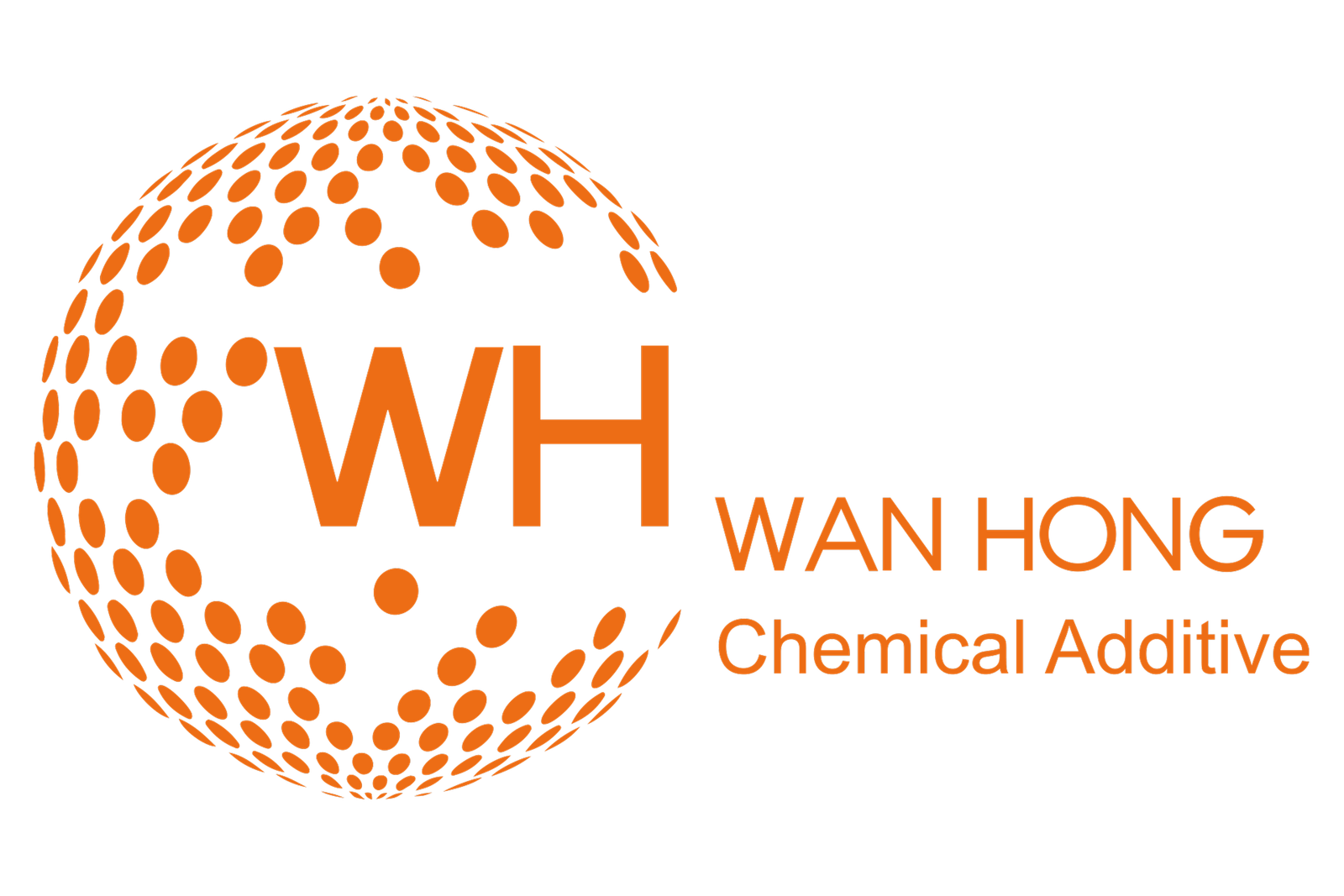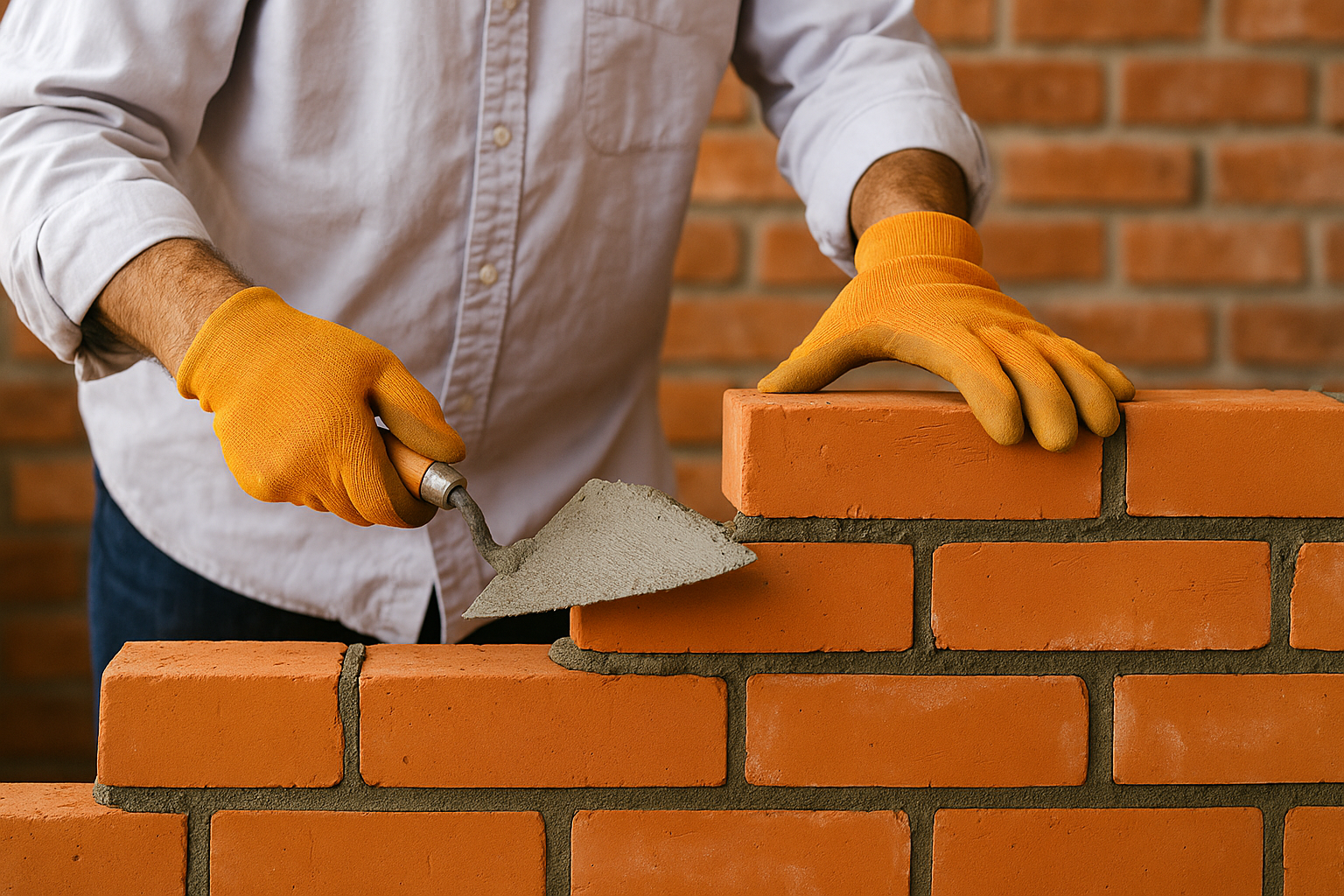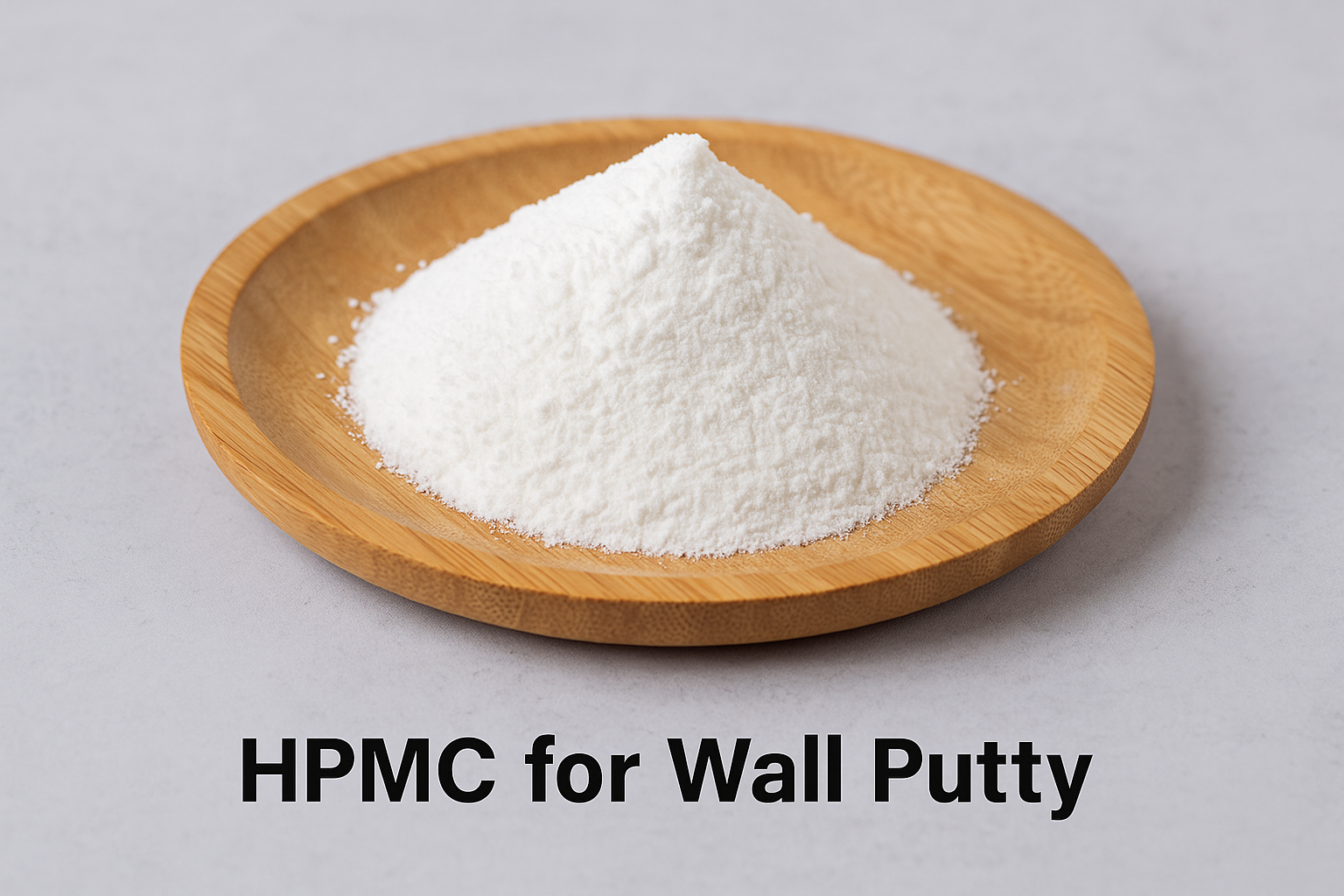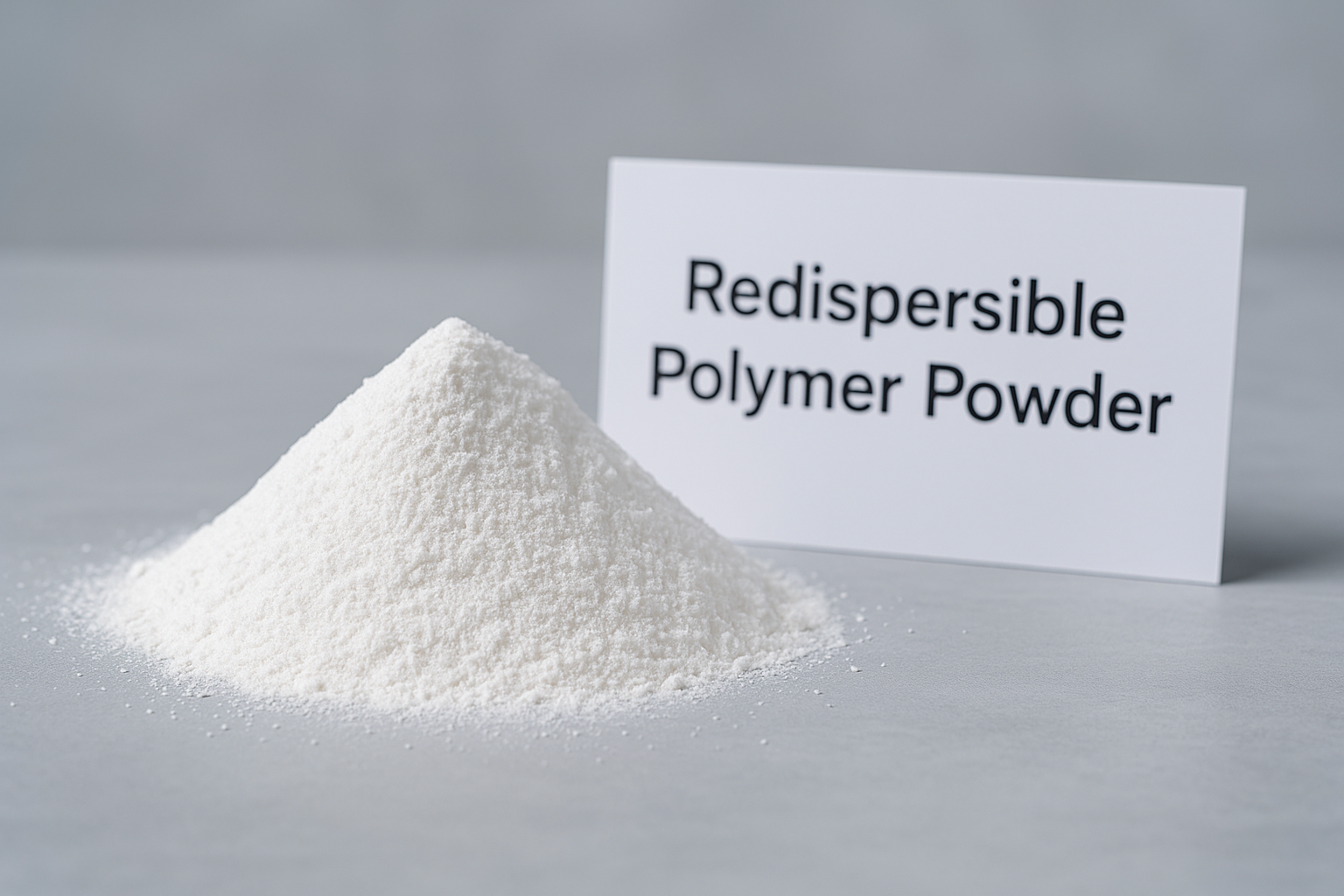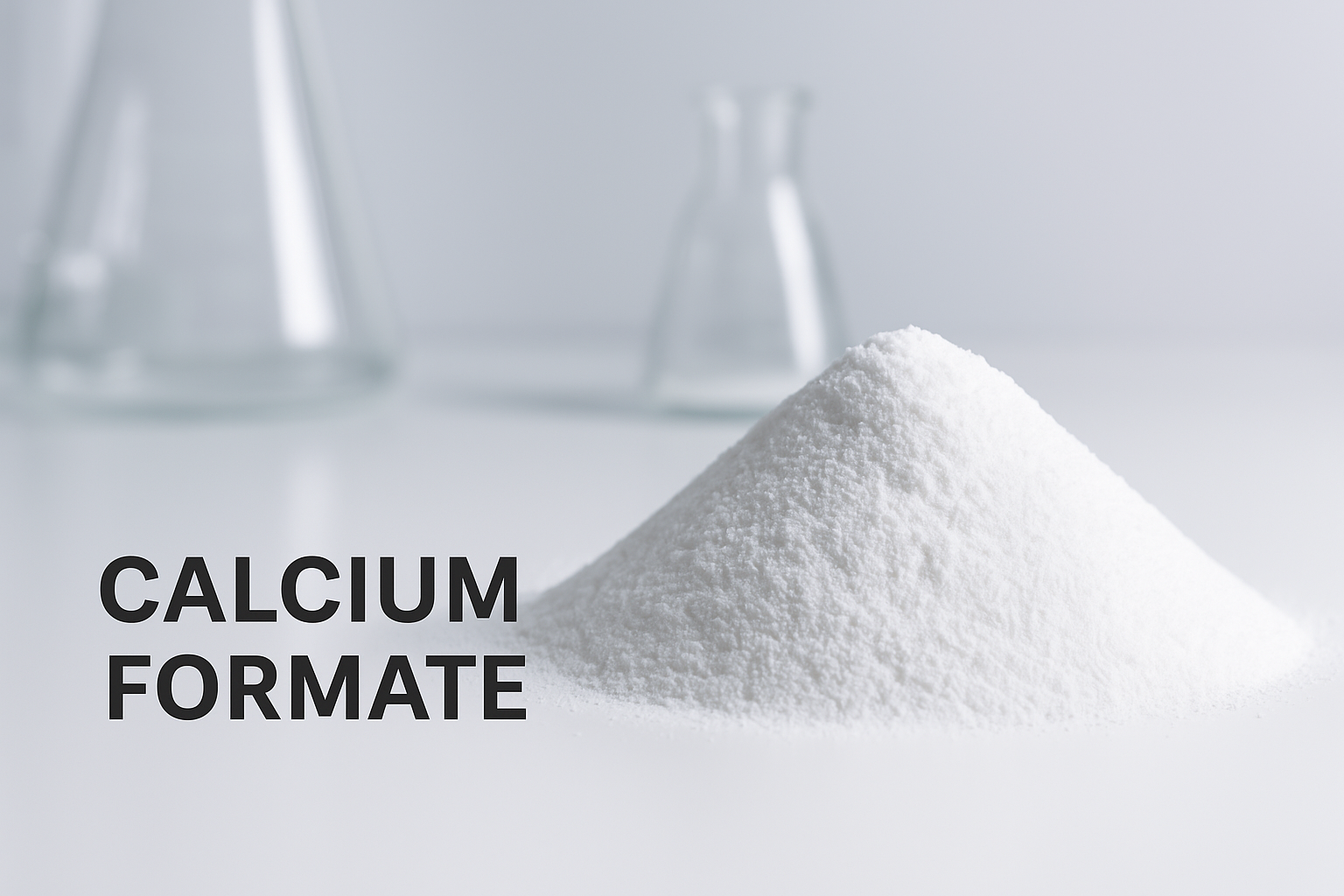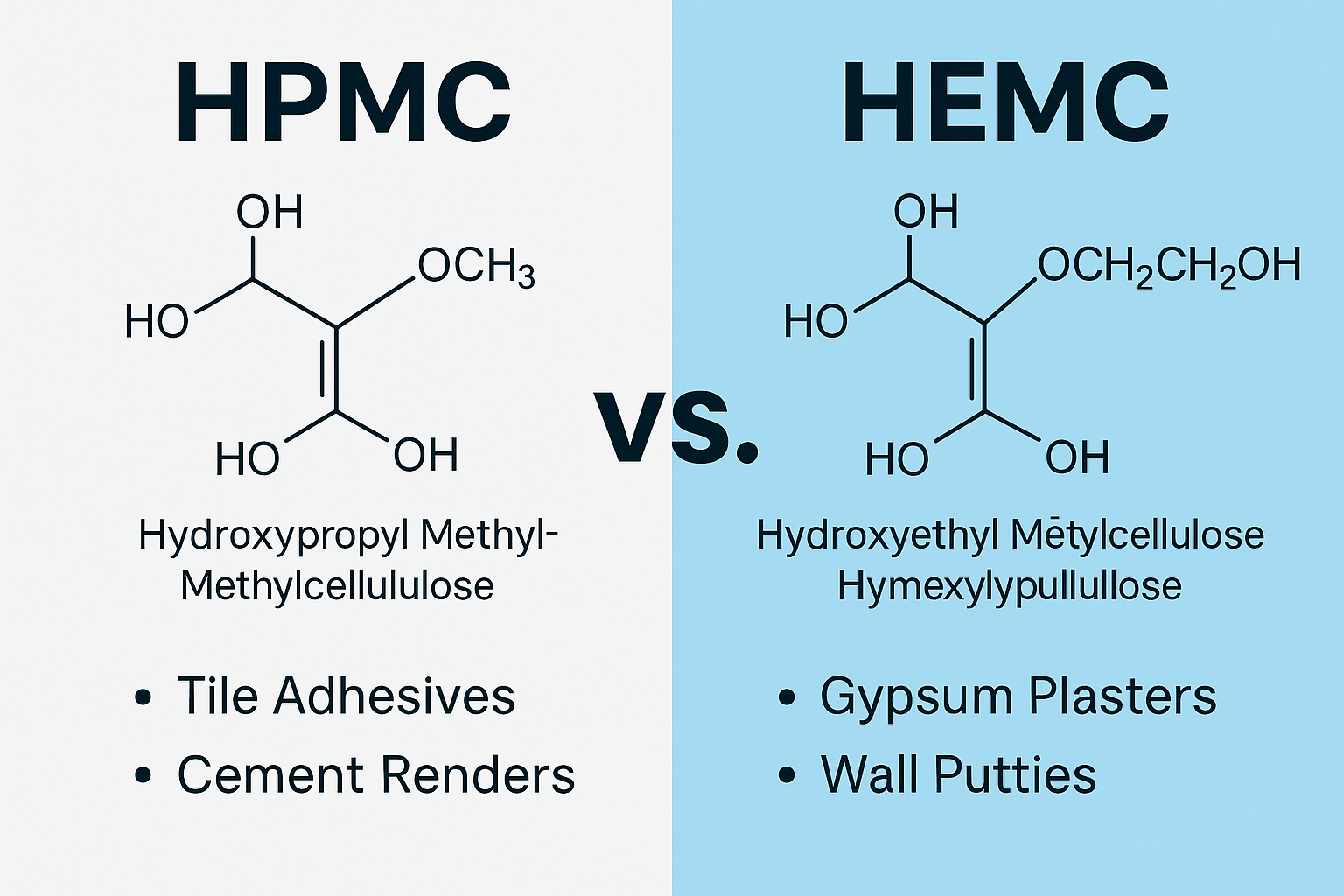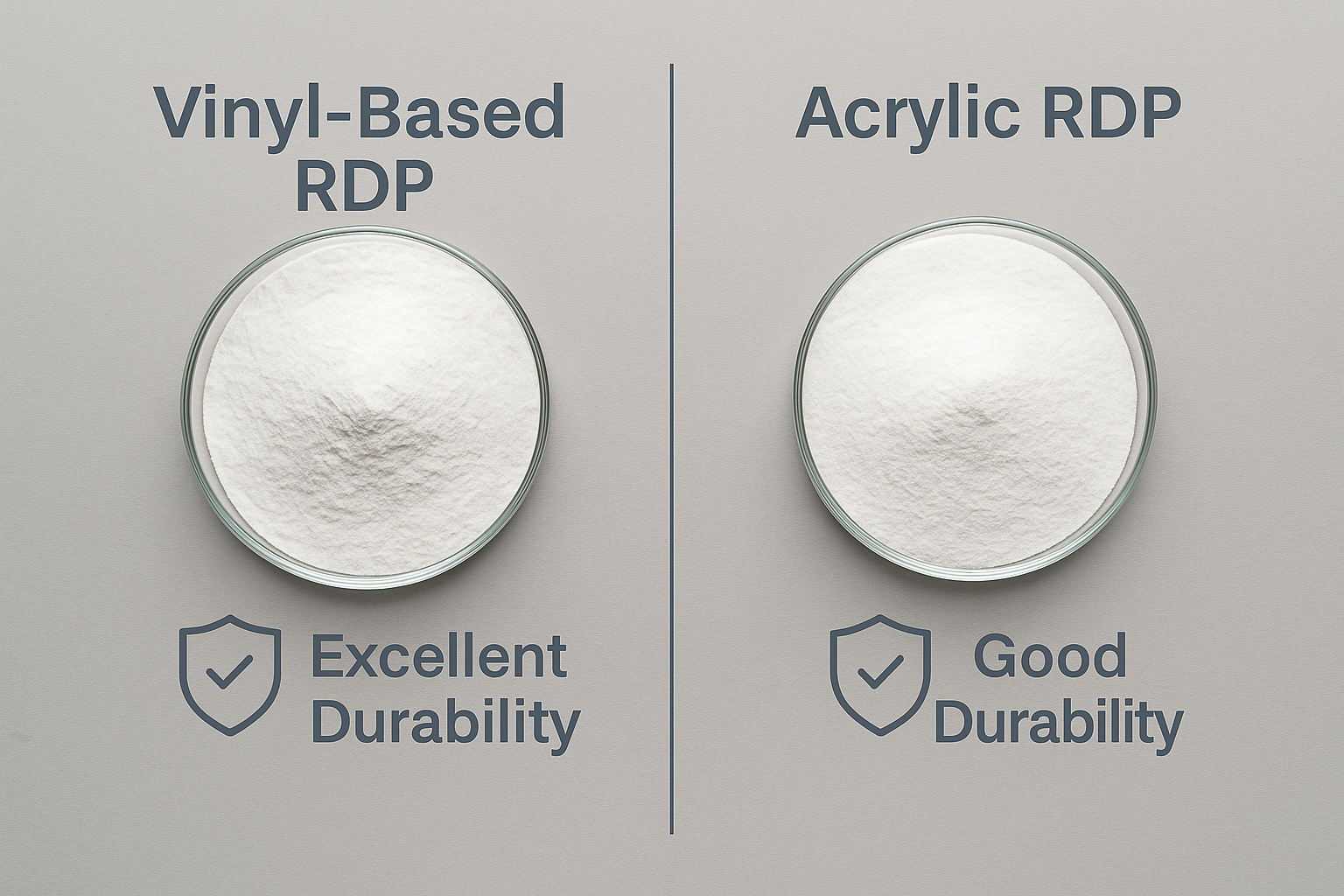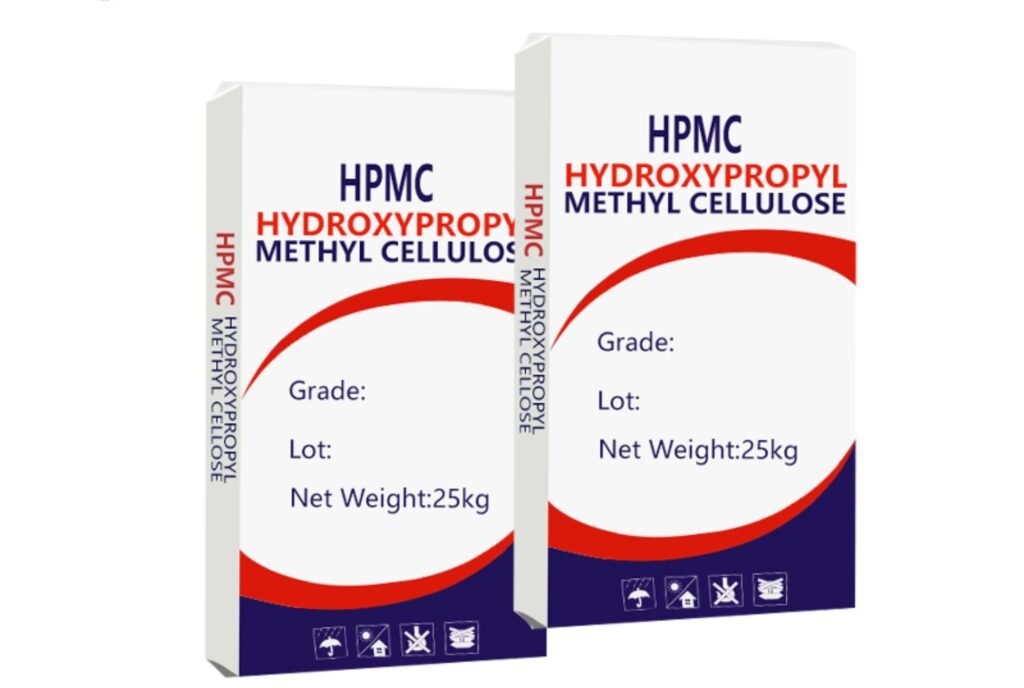Finding a trustworthy hydrophobic powder supplier can be challenging. Many manufacturers promise quality but deliver inconsistent products, leaving your projects vulnerable to water damage and compromising structural integrity.
A reliable hydrophobic powder manufacturer should offer consistent quality, customizable specifications, comprehensive technical support, and timely delivery. The best manufacturers, like WanHong in China, combine advanced production technology with strict quality control systems to ensure products meet international standards.
When selecting a hydrophobic powder supplier, you need more than just a vendor - you need a partner who understands your specific requirements. Let me share what makes a manufacturer truly reliable and why choosing the right one matters for your construction projects.
Why Choose a China Hydrophobic Powder Manufacturer?
The construction material market is flooded with options, but many lack consistency. Poor quality hydrophobic powder can lead to project failures, costing you time, money, and reputation.
Chinese hydrophobic powder manufacturers1 offer significant advantages including advanced production technology, strict quality control, cost-effectiveness, customization options, and comprehensive technical support. Leading manufacturers like Kehao combine decades of experience with modern innovation to deliver superior products.
China has emerged as a global leader in construction chemical manufacturing for several compelling reasons. With six production lines and state-of-the-art facilities, manufacturers like Kehao can maintain consistent quality while offering competitive pricing.
The advantages extend beyond just cost. Chinese manufacturers have invested heavily in research and development, resulting in innovative formulations that meet or exceed international standards. This commitment to innovation means you get products that incorporate the latest advancements in waterproofing technology.
Quality control is another area where leading Chinese manufacturers excel. At Kehao, each batch undergoes rigorous testing before shipping. This includes water resistance testing, particle size analysis, and performance evaluations under various conditions to ensure the powder performs consistently in diverse environments.
Customization is perhaps the most significant advantage. Whether you need specific packaging for your market or formula adjustments for particular climate conditions, reputable Chinese manufacturers can tailor their products to your exact specifications. This flexibility is particularly valuable for companies operating in regions with unique environmental challenges.
What Are the Key Hydrophobic Powder Specs to Look For in RDP?
Many construction projects fail because contractors use RDP with inadequate specifications. Without proper understanding of critical parameters, your waterproofing efforts may be ineffective.
Essential hydrophobic RDP specifications2 include particle size (typically 80-100 μm), water repellency rate (>95%), moisture content (<2%), ash content (10-12%), and bulk density (450-550 g/L). These specifications ensure optimal performance in mortar applications while maintaining workability and ensuring proper water resistance.

Understanding the technical specifications of hydrophobic Redispersible Polymer Powder (RDP) is crucial for selecting the right product for your specific application. Let's break down the key parameters that determine quality and performance:
Critical RDP Specifications Table:
| Parameter | Standard Range | Impact on Performance |
|---|---|---|
| Particle Size | 80-100 μm | Affects dispersion quality and mixing efficiency |
| Water Repellency | >95% | Determines waterproofing effectiveness |
| Moisture Content | <2% | Influences shelf life and clumping tendency |
| Ash Content | 10-12% | Affects binding properties and strength |
| Bulk Density | 450-550 g/L | Impacts packaging and dosage requirements |
| pH Value | 7-9 | Ensures compatibility with cement-based systems |
The particle size distribution is particularly important as it affects how well the powder disperses in the mix. Too large, and you'll get inconsistent waterproofing; too fine, and it may not integrate properly with other ingredients. At Kehao, we maintain strict control over particle size distribution to ensure optimal performance.
Water repellency testing is conducted through standardized procedures where samples are exposed to water under pressure to measure penetration resistance. This directly correlates to how effective the final application will be at preventing water intrusion in real-world conditions.
I've seen projects fail because contractors focused solely on price without considering these critical specifications. When evaluating suppliers, always request detailed technical data sheets and independent test results to verify their claims.
What Are the Benefits of Waterproof RDP-Water Repellent Powder?
Conventional building materials often fail in humid environments, leading to costly repairs and structural damage. Without proper water resistance, buildings quickly deteriorate.
Waterproof RDP-water repellent powder benefits include enhanced water resistance, improved adhesion strength, crack reduction, freeze-thaw cycle protection, and extended service life of mortar applications. This specialized powder creates a hydrophobic barrier that prevents moisture penetration while maintaining breathability.

The advantages of incorporating waterproof RDP3 into your construction projects extend far beyond basic moisture protection. These benefits translate directly to improved project outcomes and reduced long-term maintenance costs.
Performance Improvements with Waterproof RDP:
Water resistance is the primary benefit, but the mechanism behind it is worth understanding. The polymer particles in quality RDP form a three-dimensional network within the mortar that physically blocks water penetration paths. Simultaneously, the hydrophobic components create a molecular-level water repellency that causes water to bead up rather than penetrate the surface.
Adhesion strength increases significantly with properly formulated RDP. In standard testing, mortar containing quality hydrophobic powder shows 30-50% higher bond strength compared to untreated alternatives. This is particularly important for tile adhesives and external wall coatings where delamination is a common failure mode.
Crack resistance improves because the polymer components provide flexibility to the cured mortar. This flexibility allows the material to accommodate minor structural movements and thermal expansion/contraction without developing cracks that would otherwise create entry points for water.
Freeze-thaw resistance is critical in cold climates where water infiltration followed by freezing can cause catastrophic damage. In standardized testing, mortars containing Kehao's waterproof RDP can withstand more than 50 freeze-thaw cycles without degradation, while untreated mortars typically show significant damage after just 10-15 cycles.
Service life extension is perhaps the most economically significant benefit. Based on accelerated aging tests, properly waterproofed structures can maintain their integrity for 15-20 years longer than those using standard materials. This translates to substantial lifecycle cost savings and reduced renovation requirements.
How Can You Implement a Complete Mortar Waterproof Solution?
Many builders struggle with piecemeal waterproofing approaches that leave vulnerabilities. Incompatible products and improper application sequences result in water ingress despite significant investment.
A complete mortar waterproof solution4 requires integration of quality hydrophobic powder (3-5% by weight), proper mixing procedures, appropriate curing conditions, and system compatibility testing. Effective solutions combine RDP with complementary additives like cellulose ethers and performance enhancers for comprehensive protection.

Implementing a comprehensive waterproofing strategy requires a systematic approach that addresses every aspect of the construction process. Based on my experience working with major construction projects across developing markets, I've identified key components that ensure success.
The foundation of any effective waterproofing system begins with material selection. Hydrophobic RDP should be complemented by other carefully selected additives to create a synergistic effect. For example, combining RDP with hydroxypropyl methylcellulose (HPMC) improves water retention during curing, which enhances the development of the waterproof matrix.
Mixing methodology significantly impacts performance. Laboratory testing shows that high-shear mixing for a minimum of 3-5 minutes after adding all dry components ensures proper dispersion of the hydrophobic particles. Insufficient mixing is a common cause of waterproofing failure that I've observed on numerous job sites.
Application techniques must be tailored to the specific project conditions. In high-humidity environments, for instance, additional curing time may be necessary before exposure to moisture. The thickness of application also varies by purpose - external facades typically require 5-8mm thickness for optimal protection, while bathroom applications may need 8-10mm.
System compatibility is often overlooked but critically important. All components in the building envelope must work together. I recommend conducting mock-up tests where different materials interface to verify compatible performance. Many waterproofing failures occur at transitions between different materials rather than within a single material zone.
Maintenance protocols should be established during the design phase. Even the best waterproofing systems require periodic inspection and maintenance. Developing clear guidelines for building owners helps ensure long-term performance and prevents minor issues from developing into major problems.
What Should You Know About Hydrophobic Powder Supply and How to Use It?
Securing reliable hydrophobic powder supply can be frustrating. Inconsistent availability disrupts production schedules, while improper usage wastes expensive materials and compromises results.
To ensure reliable hydrophobic powder supply, work with established manufacturers offering MOQ flexibility, stable production capacity, and global logistics capabilities. Proper usage involves precise dosing (typically 3-5% by weight), thorough dry-mixing before adding water, and appropriate curing conditions for optimal waterproofing performance.

Managing your hydrophobic powder supply chain efficiently requires strategic planning and technical knowledge. After working with hundreds of clients across developing markets, I've identified several critical factors that ensure success.
Supplier qualification should involve more than just comparing prices. Evaluate potential suppliers based on their production capacity, quality control systems, and delivery reliability. Request sample testing before placing bulk orders, as this allows you to verify performance in your specific formulations. At Kehao, we maintain relationships with clients in over 20 countries, providing consistent supply despite global logistics challenges.
Order timing and quantity optimization can significantly impact your overall costs. Most manufacturers offer tiered pricing based on volume, but carrying excessive inventory ties up capital and risks product degradation. I recommend establishing a just-in-time delivery schedule with your supplier, with appropriate safety stock levels based on your production volume and lead time considerations.
Technical application considerations are equally important for maximizing performance. The mixing sequence matters significantly - always pre-mix the hydrophobic powder with dry components before adding water. This prevents clumping and ensures even distribution throughout the mixture. Temperature control during mixing and application also affects performance; optimal results are achieved between 15-25°C.
Documentation requirements vary by market. In regulated environments, you may need certificates of analysis, safety data sheets, and technical data sheets for each shipment. Establishing these requirements upfront with your supplier prevents compliance issues later. For exports to regions like the Middle East and Southeast Asia, additional certification may be required to clear customs efficiently.
Storage conditions at your facility impact product performance. Even quality hydrophobic powder can degrade if improperly stored. Maintain a controlled environment with relative humidity below 60% and temperatures between 10-30°C. Implement a first-in-first-out inventory system to ensure older stock is used before newer arrivals.
What Are the Various Silicone Hydrophobic Powder Uses?
Many professionals limit themselves to conventional applications, missing opportunities to enhance project performance. Without knowledge of diverse applications, you can't fully leverage this versatile material.
Silicone hydrophobic powder uses extend beyond basic waterproofing to include exterior render enhancement, tile adhesive improvement, self-leveling compounds, repair mortars, and decorative finishes. This versatile material provides water resistance while improving workability, adhesion, and durability across multiple construction applications.

The versatility of silicone-based hydrophobic powder makes it an invaluable component across numerous construction applications. Through extensive field testing and client collaboration, I've documented impressive performance improvements in various systems when properly incorporated.
Application Matrix for Silicone Hydrophobic Powder:
| Application Type | Recommended Dosage | Performance Improvement |
|---|---|---|
| Exterior Renders | 3-4% by weight | 95% reduction in water absorption |
| Tile Adhesives | 2-3% by weight | 70% improvement in wet adhesion strength |
| Self-Leveling Compounds | 1-2% by weight | Enhanced durability in wet environments |
| Repair Mortars | 4-5% by weight | Improved resistance to carbonation |
| Decorative Finishes | 2-3% by weight | Long-term color stability and dirt resistance |
Exterior renders benefit significantly from silicone hydrophobic powder inclusion. The water-repellent properties prevent rain penetration while allowing vapor permeability, which helps prevent internal condensation issues. Our testing shows that treated renders maintain their appearance and structural integrity for 5-7 years longer than untreated alternatives in harsh climates.
Tile adhesive performance in wet areas like bathrooms and kitchens improves dramatically with proper hydrophobic powder incorporation. The key benefit is maintained adhesion strength even during prolonged water exposure. This is particularly valuable in regions with monsoon seasons or high humidity, where conventional adhesives often fail prematurely.
Self-leveling compounds used in basement floors and wet industrial environments last significantly longer when formulated with hydrophobic additives. The reduction in water absorption translates to better resistance against chemical attacks and reduced dusting, which is critical for industrial flooring applications.
Repair mortars for infrastructure rehabilitation represent another high-value application. Bridges, tunnels, and water treatment facilities require materials that can withstand harsh conditions. Silicone hydrophobic powder enhances durability by reducing chloride penetration, which is the primary cause of reinforcement corrosion in concrete structures.
Decorative finishes benefit from both the functional and aesthetic advantages of hydrophobic treatment. Water beading on the surface creates a self-cleaning effect that maintains appearance with minimal maintenance, a feature particularly valued in architectural applications where visual appeal must be preserved.
What's Important About Hydrophobic Powder Packaging and Storage?
Improper packaging and storage lead to product degradation and performance issues. Many users experience clumping, reduced effectiveness, and waste due to insufficient understanding of handling requirements.
Proper hydrophobic powder packaging and storage require moisture-resistant multi-layer kraft paper bags (typically 25kg), palletizing with stretch wrap, storage in dry conditions below 30°C, and protection from direct sunlight. Follow the manufacturer's FIFO recommendations and shelf life guidelines (typically 12 months) for optimal performance.

The effectiveness of hydrophobic powder begins with proper packaging and extends through the entire logistics and storage chain. My experience overseeing multiple production facilities has highlighted that even superior formulations can be compromised by inadequate handling protocols.
Packaging design serves multiple critical functions beyond simply containing the product. Quality manufacturers use multi-layer packaging with moisture barriers to protect the powder from humidity during transit and storage. The outer layer typically provides mechanical protection, while inner layers incorporate polyethylene or aluminum to create moisture barriers. Valve bags with self-closing mechanisms prevent contamination during handling.
Transportation considerations significantly impact product integrity. During sea freight, which is common for international shipments, temperature fluctuations can cause condensation inside containers. Quality suppliers use desiccants and container liners to mitigate this risk. For particularly sensitive shipments to high-humidity destinations like Southeast Asia, specialized moisture-resistant packaging may be recommended.
Warehouse storage requirements should be clearly communicated to all handling personnel. The ideal storage environment maintains relative humidity below 60% and temperatures between 10-30°C. Pallets should always be elevated from the floor to prevent moisture migration, and stacking should follow manufacturer guidelines to prevent compression damage to lower layers.
Shelf life management requires implementing proper inventory rotation systems. Most hydrophobic powders maintain optimal performance for 12 months under proper storage conditions, though this varies by formulation. Some advanced products from Kehao offer extended shelf life of up to 18 months, providing additional flexibility for project planning.
Visual inspection protocols help identify potential issues before they affect your production. Train warehouse staff to look for signs of moisture exposure such as hardened areas, color changes, or clumping. Implementing regular quality checks on stored material can prevent production problems and costly project delays.
How Should You Handle Waterproof Dispersible Polymer Powder Storage & Usage?
Incorrect handling of waterproof dispersible polymer powder leads to wasted material and failed applications. Many users struggle with inconsistent results due to improper storage and usage practices.
Optimal waterproof dispersible polymer powder storage and usage requires maintaining dry conditions (RH<60%), following temperature guidelines (10-30°C), implementing FIFO inventory management, and proper application techniques including thorough dry-mixing, appropriate water ratios, and adequate curing times for maximum water resistance.

Maximizing the performance of waterproof dispersible polymer powder requires attention to detail throughout the entire handling process. After supplying hundreds of construction projects, I've identified critical practices that ensure optimal results.
Temperature control during storage affects both the physical properties and chemical stability ofTemperature control during storage affects both the physical properties and chemical stability of the polymer powder. Extreme temperatures can compromise the redispersibility mechanism that makes these powders effective. In hot climates like the Middle East, I recommend climate-controlled storage areas with temperature monitoring systems. When this isn't possible, shorter inventory cycles and more frequent deliveries help mitigate exposure risks.
Moisture management is perhaps the most critical aspect of proper storage. Even brief exposure to high humidity can trigger partial polymer film formation, which reduces effectiveness when finally used in mortar applications. Beyond controlled storage environments, practical measures include sealing partially used bags completely, using plastic liners within storage containers, and scheduling mixing operations during lower humidity periods of the day.
Handling procedures during production significantly impact performance. Pre-mixing dry components thoroughly before adding water ensures even distribution of the hydrophobic elements. Laboratory testing shows that 3-5 minutes of dry mixing followed by 4-6 minutes after water addition provides optimal dispersion. Insufficient mixing is a common cause of inconsistent water resistance that I've observed repeatedly on job sites.
Water quality and temperature affect polymer redispersion. Ideal mixing water should be clean, with temperatures between 15-25°C. In regions with poor water quality, we recommend filtration systems to remove impurities that might interfere with polymer performance. High mineral content in mixing water can particularly impact the effectiveness of waterproofing systems.
Curing protocols are frequently overlooked but critically important. Even perfectly formulated and mixed materials can fail if improperly cured. Protection from direct sunlight, wind, and premature water exposure during the first 24-48 hours allows proper polymer film formation. In extreme conditions, curing compounds or physical barriers may be necessary to maintain optimal conditions for hydrophobic network development.
Performance testing before full-scale application provides quality assurance. Simple field tests like water droplet behavior on cured samples can verify hydrophobic properties before committing to complete installation. More sophisticated water penetration testing can be conducted on site to provide quantitative verification of system performance.
Conclusion
Choosing the right hydrophobic powder manufacturer and understanding proper handling and application techniques are essential for successful waterproofing projects. Working with an established supplier like Kehao ensures quality, consistency, and technical support for all your construction chemistry needs.
-
Explore how Chinese manufacturers provide advanced technology and quality control, ensuring superior hydrophobic powders for your projects. ↩
-
Understand the critical specifications needed for effective waterproofing in construction to avoid project failures. ↩
-
Explore this link to understand how waterproof RDP can enhance your construction projects and reduce maintenance costs. ↩
-
Explore this link to understand the components and benefits of a complete mortar waterproof solution for effective waterproofing. ↩
